Turbocharged engines have often been criticized for sacrificing longevity for performance. However, several modern and classic turbo-fours challenge this notion.
Built with advanced metallurgy, reinforced internals, and smart engineering, some turbocharged engines age gracefully, delivering decades of service with proper maintenance. These powerplants not only offer robust performance but also uphold impressive reliability, with many reaching over 200,000 miles.
In this section, we explore five of the most enduring and respected turbocharged inline-fours from reputable automakers—Volkswagen, Honda, GM, Mitsubishi, and Ford—that prove turbo tech doesn’t have to mean short lifespan or excessive maintenance burdens.
5 Turbo Engines That Age Gracefully
1. Volkswagen EA888: German Strength in a Small Package
The Volkswagen EA888 turbocharged 2.0-liter inline-four has earned widespread praise for balancing power and durability. Available in vehicles such as the Golf GTI, Audi A4, and Tiguan, it generates between 170 and 310 horsepower.
Its refined performance is matched by impressive reliability, as evidenced by J.D. Power scores and consistent longevity reports. While not indestructible, the EA888’s solid engineering and relatively modest repair costs make it a dependable choice.
With regular maintenance, owners can expect high mileage well beyond 100,000 miles, making it one of the best turbocharged engines for daily use and long-term ownership.
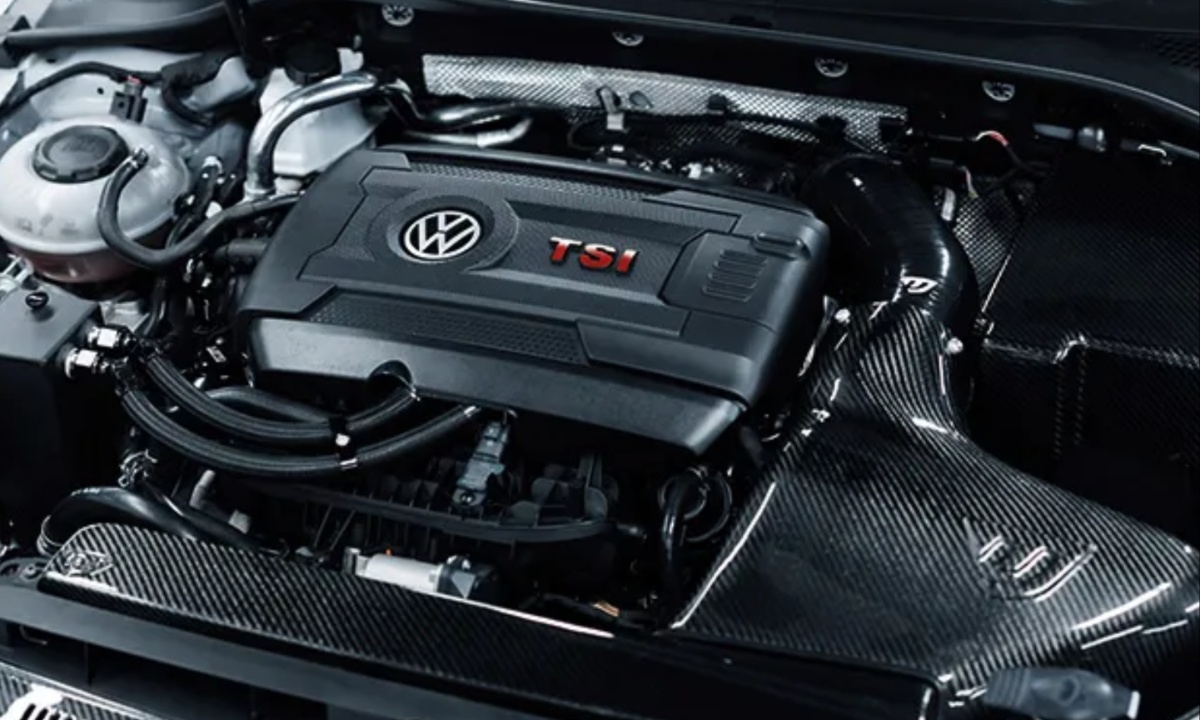
2. Honda K20C1: The Bulletproof VTEC Turbo
Honda’s K20C1 engine is a technological marvel wrapped in a 2.0-liter turbocharged shell. Found in the Civic Type R and Acura Integra Type S, it produces up to 320 hp and 310 lb-ft of torque. It features forged steel internals, an aluminum block, and Formula 1-inspired cooling systems.
These components allow it to handle sustained high-performance use while remaining surprisingly reliable. With a J.D. Power reliability score of 82 and low annual maintenance costs, this engine is as dependable as it is exhilarating. Many owners report mileage north of 70,000 miles with minimal issues—proof of Honda’s engineering prowess.

3. GM L3B: Muscle and Mileage in One
The GM 2.7-liter L3B inline-four may be a newcomer, but it’s quickly gaining a reputation for bulletproof reliability. Found in vehicles like the Cadillac CT4 and Chevrolet Silverado, it produces up to 325 hp and 430 lb-ft of torque. Built with an aluminum block and forged internals, it’s designed for both performance and durability.
J.D. Power consistently scores the engine highly for reliability, with minimal major failures reported. It’s relatively easy on the wallet for a turbo engine, with annual maintenance averaging around $700. For those seeking turbo power in a truck or sedan, the L3B is a standout.

4. Mitsubishi 4G63T: The Legend of Longevity
The Mitsubishi 4G63T turbo-four engine, used in the Lancer Evolution I–IX and Eclipse, is legendary among gearheads for its robustness and tunability. Though it debuted in the late ’80s, the engine can still be found roaring on racetracks and streets alike. With proper care, this 2.0-liter beast can exceed 250,000 miles.
Factory specs max out at 405 hp, and it responds well to aftermarket tuning. Despite the power potential, its annual maintenance costs remain manageable. Its rugged iron block and proven performance make it one of the most durable turbocharged engines ever produced, earning it a revered legacy.

5. Ford 2.3-Liter EcoBoost: Power Meets Practicality
Ford’s 2.3-liter EcoBoost turbo-four is a surprising blend of strength and practicality. Used in the Mustang EcoBoost, Focus RS, and various SUVs, this engine produces up to 405 hp and 369 lb-ft of torque. Its robust internals, including forged steel components, allow it to age well even under spirited driving.
Owners regularly report these engines lasting beyond 200,000 miles, especially with consistent oil changes and maintenance. J.D. Power gives it high marks for dependability, and its 10-year maintenance estimates are reasonable compared to rivals. For those wanting reliable performance from an American turbo engine, this EcoBoost fits the bill.
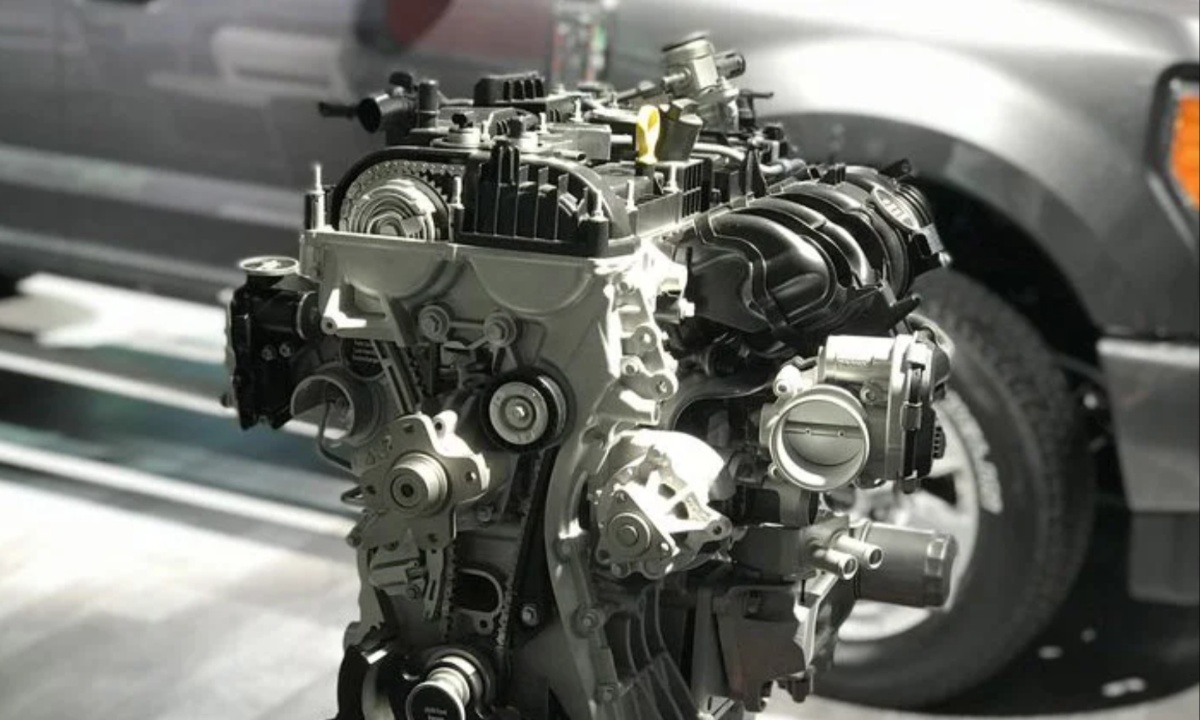
Also Read: 5 Cars That Are A Joy To Drive In Traffic And 5 That Are Exhausting
5 Turbo Engines That Become Ticking Time Bombs
Turbocharged engines offer compelling performance, but not all are created equal. Some powerplants, plagued by rushed development, poor design choices, or aging electronics, age poorly—turning from powerhouses into liabilities.
These “ticking time bombs” might impress at first but often bring recurring mechanical headaches, expensive repairs, and ultimately early retirement.
In this section, we examine five turbocharged engines that have struggled to maintain durability, reliability, or affordability over the long haul, including infamous failures from Triumph, Cadillac, Oldsmobile, GM’s High Feature engine family, and the complex Jaguar V12. Enthusiasts and buyers alike should approach these engines with caution.
1. Triumph V8: Ambition Over Engineering
Triumph’s attempt at building a V8 by merging two inline-fours was ambitious—but poorly executed. The resulting engine, used in the Triumph Stag, suffered from catastrophic cooling issues.
Due to its tilted design, the water pump sat higher than the radiator cap, making it nearly impossible to fill properly. Overheating was common, often leading to warped heads and seized studs.
Rather than fix the issue, many owners swapped the engine for more reliable alternatives. This poorly conceived engine doomed the Stag’s reputation and marked the end of Triumph’s V8 aspirations. It’s a textbook case of flawed turbo engineering leading to early failure.
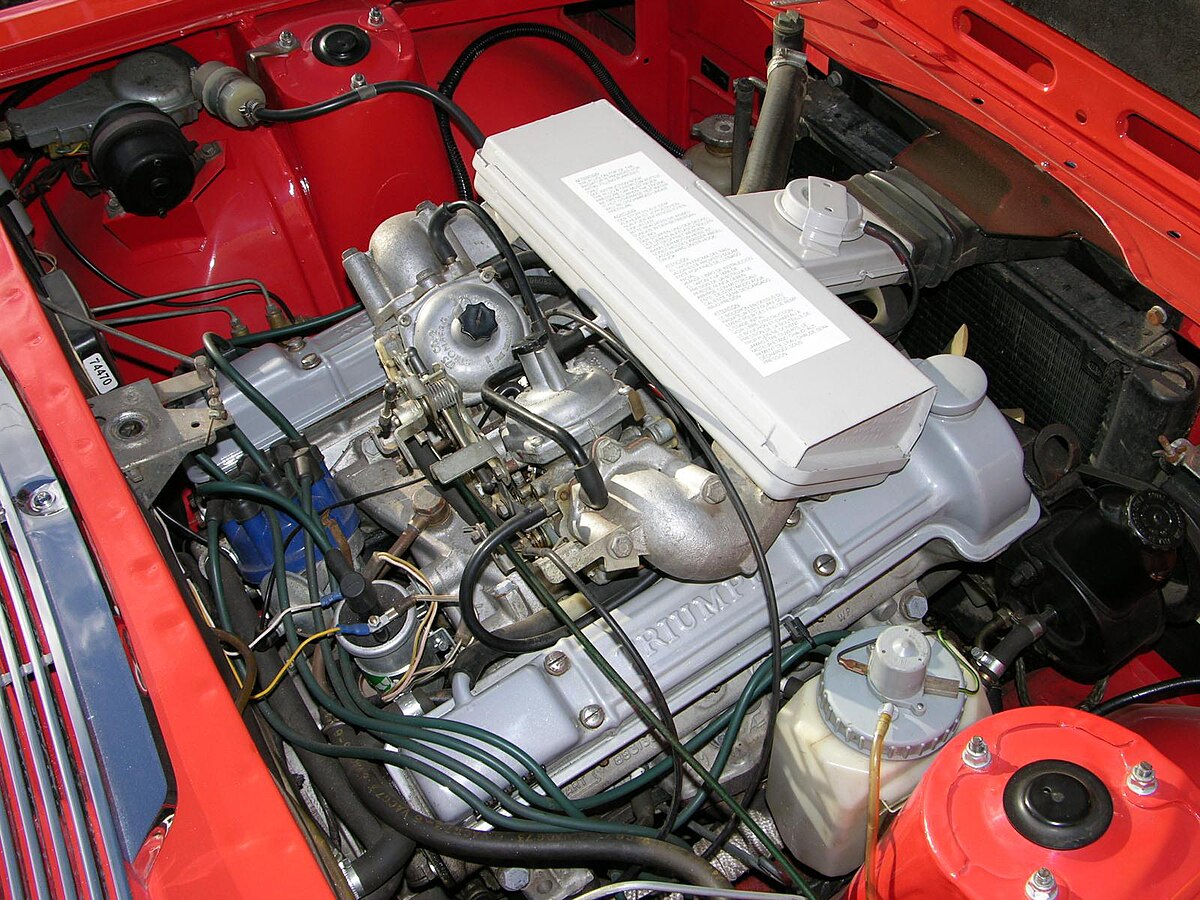
2. Cadillac V8-6-4: A Tech Misfire
The Cadillac V8-6-4 aimed to solve fuel efficiency problems by allowing the engine to deactivate cylinders—effectively transforming into a V6 or I4. However, the early-‘80s electronics couldn’t manage the complex demands of this tech.
The result was stuttering performance, unreliable valve activation, and repeated system failures. Most owners had the system disabled altogether, and the concept was abandoned within a year.
Though the idea was ahead of its time, its poor execution led to a flood of warranty claims and a tarnished Cadillac image. Today, the V8-6-4 serves as a cautionary tale of how not to merge turbo power with unready tech.
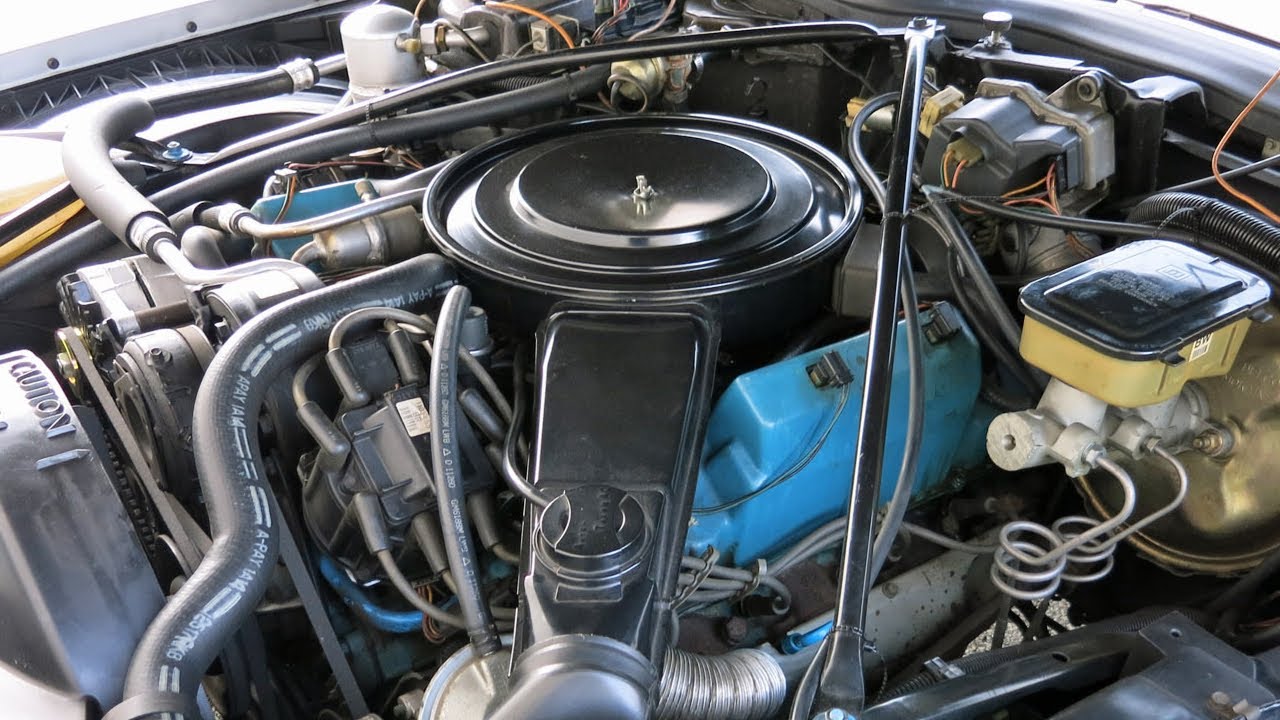
3. Oldsmobile Diesel V8: A Smoky Disaster
Oldsmobile’s diesel V8—developed from its 350-cubic-inch gasoline engine—was a rushed response to the 1970s fuel crisis. Though its block was reinforced, it lacked proper diesel-grade components like head bolts capable of handling high compression.
The engine output was meager at 120 hp, and it spewed black smoke while rattling notoriously. Frequent head gasket failures were common, and many engines didn’t survive past 50,000 miles.
This disaster led to a class-action lawsuit and helped fuel the creation of lemon laws. It also crippled the market for American diesel passenger cars for decades. Avoiding this engine became common wisdom.
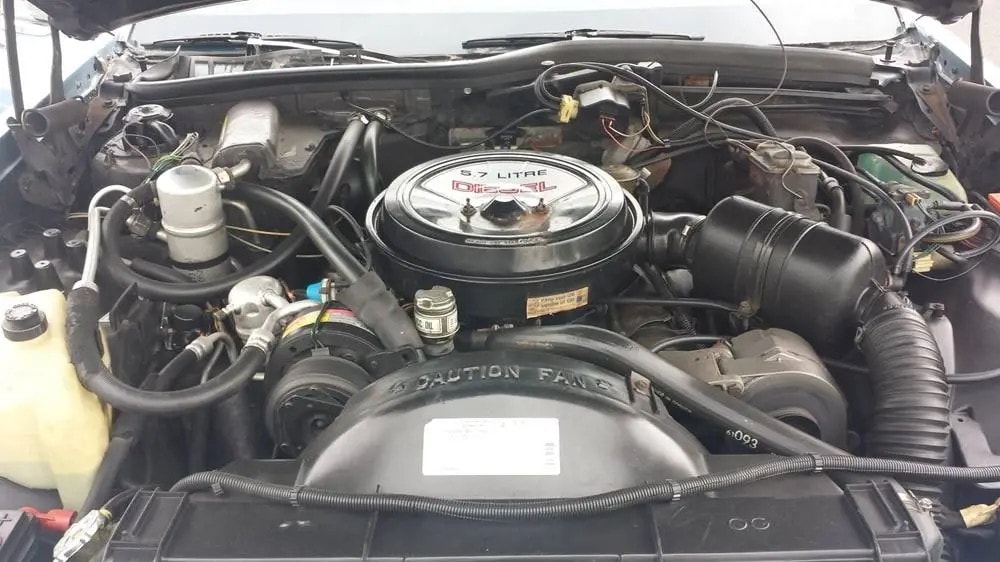
4. GM 3.6 High Feature Engine: Chain of Problems
The GM 3.6-liter High Feature V6, used widely in vehicles like the Cadillac CTS and Buick Enclave, had serious early-generation flaws—especially from 2007 to 2010. The primary issue was a stretching timing chain, which led to misfires, oil contamination from metal shavings, and eventual engine failure.
Variable valve timing complications only made matters worse. While GM addressed some issues post-2012, many early owners faced thousands in repairs.
Despite its potential and performance, this engine’s tendency to self-destruct when not maintained perfectly made it a nightmare for used car buyers. The cost of a new engine? Upwards of $7,000.
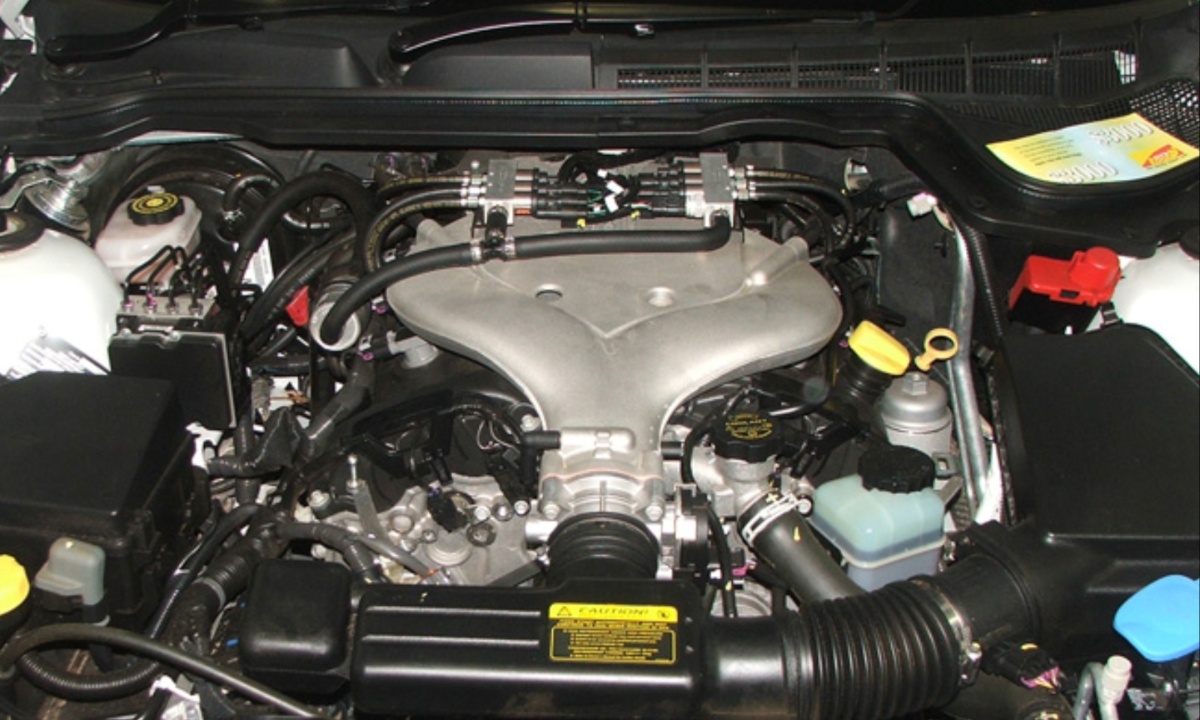
5. Jaguar V12: Complex Beauty, Fragile Heart
Jaguar’s V12 engine, especially in XJ-S and XJ12 models, looked stunning under the hood—but quickly became a mechanic’s nightmare. It featured a complex maze of vacuum hoses and an under-engineered cooling system prone to failure.
Minor overheating could lead to dropped valve seats, warped heads, or full engine rebuilds. Worse, electrical issues from British supplier Lucas added reliability concerns, with multiple overlapping failures being common.
Though the engine had a luxurious feel and delivered smooth power, keeping it running became a wallet-draining challenge. For collectors, it’s an icon; for average drivers, it’s an expensive mistake waiting to happen.
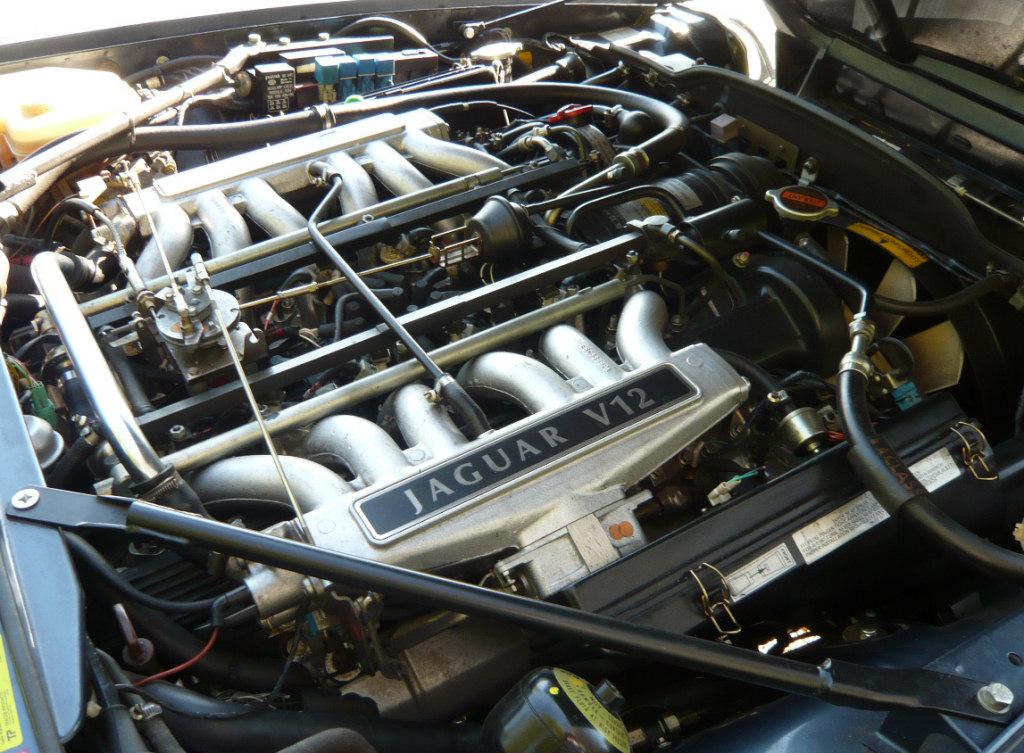
Turbocharged engines have evolved tremendously, with modern examples proving that performance and reliability can go hand in hand. Engines like the Honda K20C1 and GM L3B showcase how far engineering has come in delivering power without compromising longevity.
Conversely, cautionary tales like the Cadillac V8-6-4 and Oldsmobile diesel V8 remind us of that innovation without proper testing can lead to disaster. Whether you’re a gearhead or a practical buyer, understanding an engine’s long-term behavior is critical.
Choose wisely, and a turbocharged engine can offer thrills for decades—not just fleeting horsepower followed by frustration.
Also Read: 5 Cars from the 2000s That Are Future Classics and 5 That Aren’t

